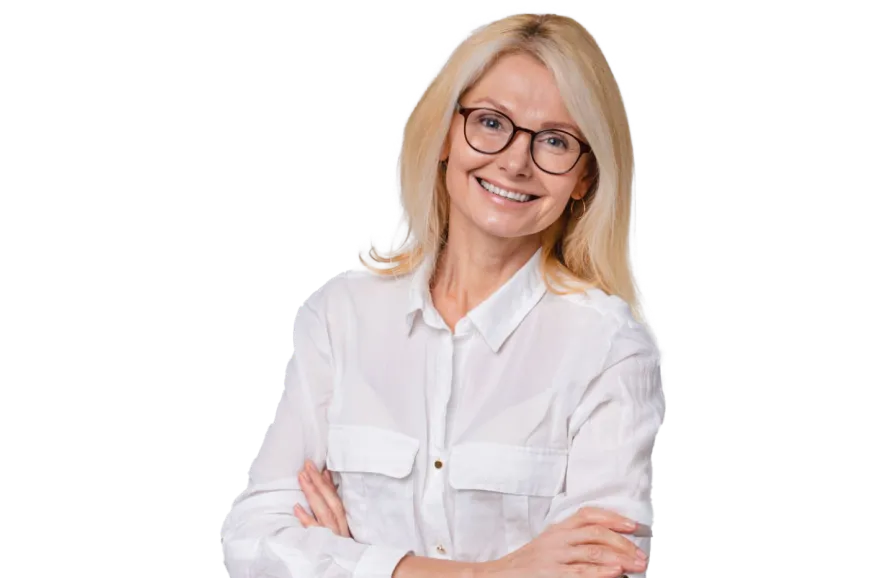November 12, 2023 5 min read

Guide to Behavior Based Safety (BBS)
Industry:
Solution:

Defining BBS: What is Behavior Based Safety?
Behavior-Based Safety (BBS) is an approach to workplace safety that focuses on observing, analyzing, and modifying the behaviors of employees to prevent accidents and improve overall safety performance. This methodology recognizes that human behavior plays a crucial role in workplace safety and seeks to create a safety culture by addressing and influencing individual actions.
Behavior-Based Safety aims to create a proactive safety culture by addressing the human factors that contribute to workplace incidents. It recognizes that by understanding and influencing behaviors, organizations can significantly reduce the risk of accidents and create safer working environments.
There are many forms that Behavior-Based Safety can take. Some common examples include:
- Observation and Feedback: Safety observers regularly observe workers during specific tasks, noting both safe and at-risk behaviors. Observers then provide immediate feedback to individuals, acknowledging safe practices and suggesting improvements for at-risk behaviors.
- Near-Miss Reporting: Employees report near-miss incidents or unsafe conditions. The reported incidents are analyzed to understand the root causes, and corrective actions are implemented to prevent future occurrences.
- Safety Training and Education: Implementing regular online safety training on specific tasks or equipment operation. Employees gain a better understanding of the safe procedures, leading to improved behaviors during the actual work.
These examples illustrate how Behavior-Based Safety can be implemented to cultivate a proactive safety culture by addressing and positively influencing employee behaviors through safety observations.

Workers can use behavioral based safety to improve their workplace.
The Basics of a Safety Observation
When implementing a BBS program, observers (employees trained to conduct on-site safety reviews) conduct reviews of other employees with an eye on their behavior. These observers record safe and unsafe behaviors, in addition to noting safe and unsafe workplace conditions. The observer then shares the findings with the worker and provides feedback. Positive feedback is encouraged. Discussing the ways in which employees can perform their tasks in a safer manner helps workers and observers to become more aware of their behavior. BBS programs are based on a continuous feedback loop where employees and observers provide input on improving safety to each other and safety professionals utilize the data collected in conducting the observations to continually improve the BBS program.
The Behavior Based Safety Checklist
Organizations that implement a BBS program determine the appropriate list of behaviors to observe based on the unique behaviors and risks of their organization. Safety professionals usually develop a checklist format that is easy and quick for observers to complete in the field and lists the target behaviors.
For example, for organizations that operate a vehicle fleet, you might develop a behavior based safety checklist focused on common driver behaviors, such as the use of seat belts or signals. Checklists often include the basics of the observation (time, date, location, behaviors observed, observer) and the number of safe and unsafe observations of the reviewer. The checklist also includes fields for any feedback and comments provided to the employee.
Need help developing your checklist? We’ve put together a sample!
Sample BBS Checklists
Download

An example behavior based safety observation checklist
Based on your BBS goals and objectives, you might also create a schedule that determines how many observations (and what type of observations) should be conducted throughout your organization on a weekly, monthly or quarterly basis. Schedules and observations can change based on the continuous feedback loop of a BBS program.
However as observation checklists and schedules become more in-depth, they also become harder to track and manage. You may want to turn to technology to improve the management of your BBS program without sacrificing its effectiveness.
Does OSHA require a Behavior Base Safety program ?
OSHA does not specifically require organizations to implement a behavior based safety program. OSHA however has recommended practices for safety and health programs that include the involvement of employees and managers in safety and hazard identification and assessment. A strong BBS program assists organizations in achieving these safety goals by allowing for multiple opportunities for employees and managers to be involved in the safety process and to assist in assessing and identifying hazards.
How do I know that my Behavior Base Safety program is working?
Measuring the effectiveness of BBS programs can be tricky and require constant and real-time review of the observation data collected by your observers. Check out our blog post on the pros and cons of BBS programs. (Our behavior based safety software also offers lots of time-saving techniques to help you track and analyze your observation data).
Organizations focus on analyzing observation metrics such as percent safe (the number of safe observations divided / by the total number of observations conducted) with the goal of increasing the number of percent safe observations. Safety professionals look to then reduce unsafe behaviors by targeting behaviors with a high unsafe percentage and developing applicable training and/or other programs to change this behavior.
Organizations also often look at their incident rates with the goal of reducing their incident rate as their percentage of safe behaviors increases. In addition, organizations also conduct surveys and interviews to determine the impact that BBS programs can have on safety culture and /on employee morale.
To learn more about how Vector EHS Management software can assist you with recording and tracking employee behaviors contact us today.
Facilities Maintenance Kick-Start Smart Guide
Download








